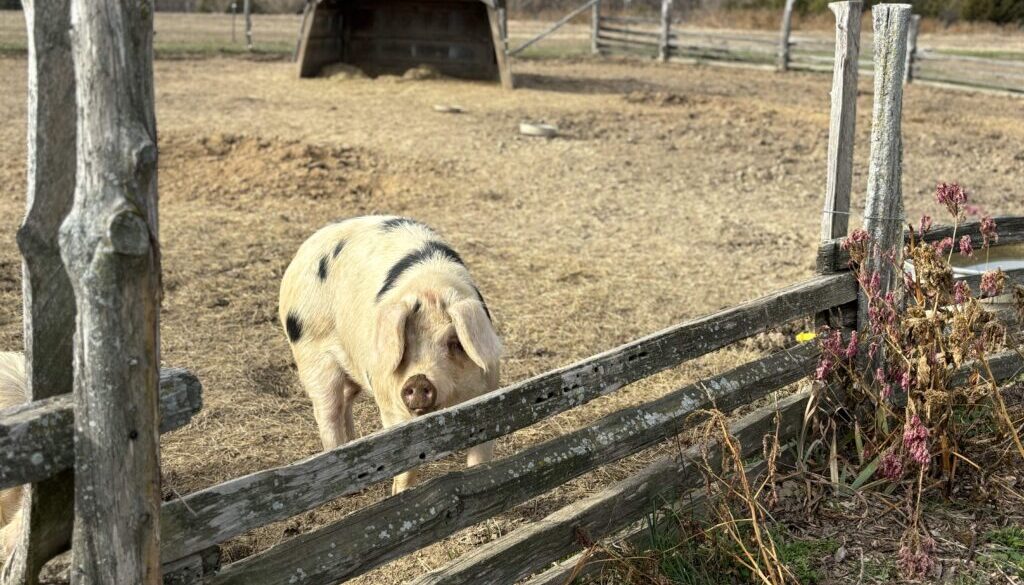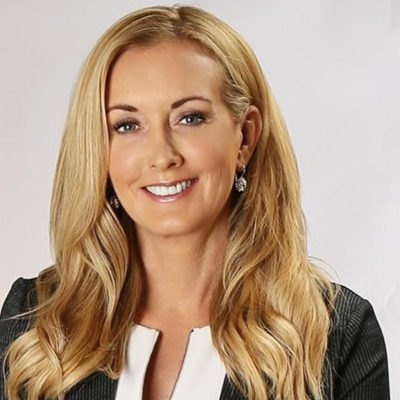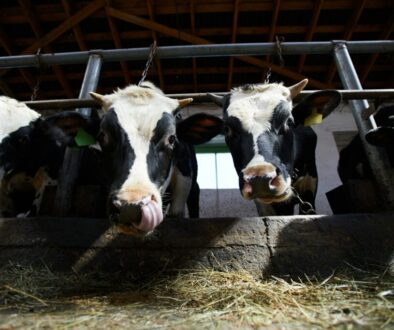Certified “naturally grown” offers alternative to the USDA organic label
By Harshawn Ratanpal, KBIA
Prairie du Rocher, Ill. – On a cold winter day in Illinois, three little pigs are resting in a three-sided shed. They have plenty of space to trot around, as they do when Jennifer Duensing approaches. Those footsteps mean it’s feeding time. They squeal impatiently, waiting for their usual diet of organic feed, which sometimes includes vegetables like squash grown right here on the farm.
The farm, Illinois Country Harvest, had been in Duensing’s family for generations when she took it over in 2015. She was new to farming, so there was a lot to learn about how to best manage the near-12 acres now under her purview. But one thing she definitely knew was that she wanted to manage the land, crops and animals without chemical inputs.
“We use absolutely zero chemicals, which means if we have pests, we don’t spray,” she said.
There are countless certifications she could have chosen and labels she could slap on her products to try and prove her farm has good practices. In the midst of rising consumer demand for organic foods, a nonprofit called “A Greener World” which “promotes practical, sustainable solutions in agriculture by supporting farmers and educating consumers” offers a 15-page guide that attempts to clear up consumer confusion around labels that use terms like “natural,” “humane” and “organic.” One of those labels, “Certified Naturally Grown”, seemed a perfect fit for how she was already running her farm.
Started in 2002, Certified Naturally Grown (CNG) offers peer-review certification to farmers and beekeepers producing food, flowers, and fiber for their local communities “by working in harmony with nature,” without the use of synthetic chemicals or genetically modified crops. The organization’s standards are modeled after the US Department of Agriculture’s (USDA) Certified Organic Label, but give farmers a cheaper and more accessible way to certify and communicate how their farms work.
“A lot of farmers are committed to ecological practices, and probably would qualify for organic certification, but they hesitate because of the expense and also the paperwork,” said Alice Varon, CNG executive director. “There’s some minor differences, but for the most part, it’s just like the National Organic Program.”
Liz Graznak is a certified organic farmer in Jamestown, Missouri. The program’s requirements vary by produce and animal, but generally, organic certification requires the use of “eco-friendly pest control,” “natural fertilizers,” and for farmers to allow animals to “roam freely outdoors.” She has to renew her certification every year.
After adopting organic practices, the next step is applying to a USDA-accredited certifying agent. While there are more than 17,000 certified organic farms operating in the US, there are less than 80 certifying agencies. They send inspectors out to interview farmers and check that they are abiding by the USDA standards.
“Someone comes to my farm and pretty much spends the entire day at the farm looking through my records, looking through the records of the crop rotations that I use, what was planted in what field last year, what was planted in that field this year,” Graznak said. “I have those records for 14 years of my farming,”
She pays the certifier for this service, including their travel costs at a cost of roughly $2,000 to $3,000 a year.
The USDA does have a cost-sharing program that can help reimburse organic farmers for up to 75% of these costs, which is capped at $750 per certification category, which include “crops, wild crops, livestock, processing/handling, and state organic program fees.”
CNG certification costs just $250 a year. That’s because instead of certifying agencies, CNG farmers are peer-reviewed by other CNG farmers, either in-person or online. CNG provides farmers with training and allows them to virtually observe inspections of other farms.
“It helps keep the program affordable for the farmers because they’re not paying someone to come out and do the annual inspection,” Varon said. “Instead, they agree to conduct a peer review of another farmer if there’s someone nearby who needs one.”
To be certified organic, farmers must stop using chemical inputs for three years, and the certification process typically takes about six months.
According to CNG’s website, it takes one year of growing and selling before farmers can apply, and certification usually takes two months or fewer.
The other hurdle CNG is trying to help farmers avoid is bookkeeping. The organic certification requires farmers to keep in-depth documentation of what they do on their farms and when.
“It’s extremely arduous, an immense amount of record keeping for all things that I do on the farm, from the compost that I buy to the seeds that I buy to the fertilizers that I buy,” Graznak said.
It’s such a common challenge that there are even bookkeeping companies to help farmers remain compliant with the standards.
Duensing said the paperwork was a major reason she avoided USDA organic certification.
“That kind of scares me a little bit to be overwhelmed with all that,” she said.
CNG still requires paperwork, but a lot less. It requires an application that details the farm’s operations, which becomes available to the public. There’s also a form to fill out during annual inspections. They’re also asked to keep receipts of purchases, like seeds, in case an inspector wants to take a look.
“We want to know how they’re producing the crops, what are the inputs and what seeds they’re using,” Varon said.
Varon said another benefit to CNG is the networking opportunities from the peer-to-peer inspection.
Jill Beebout runs Blue Gate Farm in Chariton, Iowa. There are two other CNG farms near her, and she says the peer-review process has given her ideas about how to better her own farm.
“I’ve learned great things about improving our fruit tree production or orchard management, things that I didn’t know,” she said.
CNG peaked with around 800 certified farms around 2018. Post-pandemic, they’re down to 600. Varon says that may say less about CNG and more about general trends in farming – the number of farms has been steadily decreasing, while the average farm size has been increasing, according to the USDA. In 2023, the average size of a US farm was 464 acres. Most CNG farms are just 2-10 acres.
“The main reasons are they’ve stopped farming, or they can’t justify the cost and effort of certification with the value it’s bringing to them,” she said.
The USDA doesn’t publish surveys on the National Organic Program every year, but between 2021 and 2019, there was a 5% increase in the number of organic producers.
While some seek out certification alternatives to the organic label, Graznak says the process of getting USDA’s certification are worth it because the label is both recognizable and trusted.
According to a survey by a trade association of organic businesses, she’s right. The group’s 2024 survey estimates that the label is “trusted by 70 percent of consumers.”
Graznak said it’s a quick way to communicate how she grows her produce, which is particularly important because she sells in retail and wholesale spaces where she can’t have conversations with every customer.
With so many labels on the market, there are a lot of gaps in knowledge about what the various labels mean.
David Lovelady purchased produce from Graznak at the Columbia Farmers Market. Eating healthy is important to him, but he says the current labeling system is confusing..
“I want to make sure that I put good fuel in my body, because I feel it’s a temple, so I want to make sure that I get what I pay for,” he said.
Some CNG farmers don’t seem too worried about the label’s recognition. Duensing, of Illinois Country Harvest, has a small operation and sells directly to consumers. She’s not in retail stores and she’s able to directly show and tell her customers exactly how her animals are treated and how her produce is grown.
She said that communicates more than any label could. For her, being Certified Naturally Grown is to prove to her consumers, and herself, that she’s following those standards correctly.
“It’s how we want to live,” she said. “It’s not only how we want to put our products out there… this is how we want to eat. We want to eat chemical-free. We want to live chemical-free.”
This story is a product of the Mississippi River Basin Ag & Water Desk, an independent reporting network based at the University of Missouri in partnership with Report for America, with major funding from the Walton Family Foundation.
(Featured photo of a pig at Illinois Country Harvest in Prairie du Rocher, Illinois. Photo by Harshawn Ratanpal, KBIA.)




